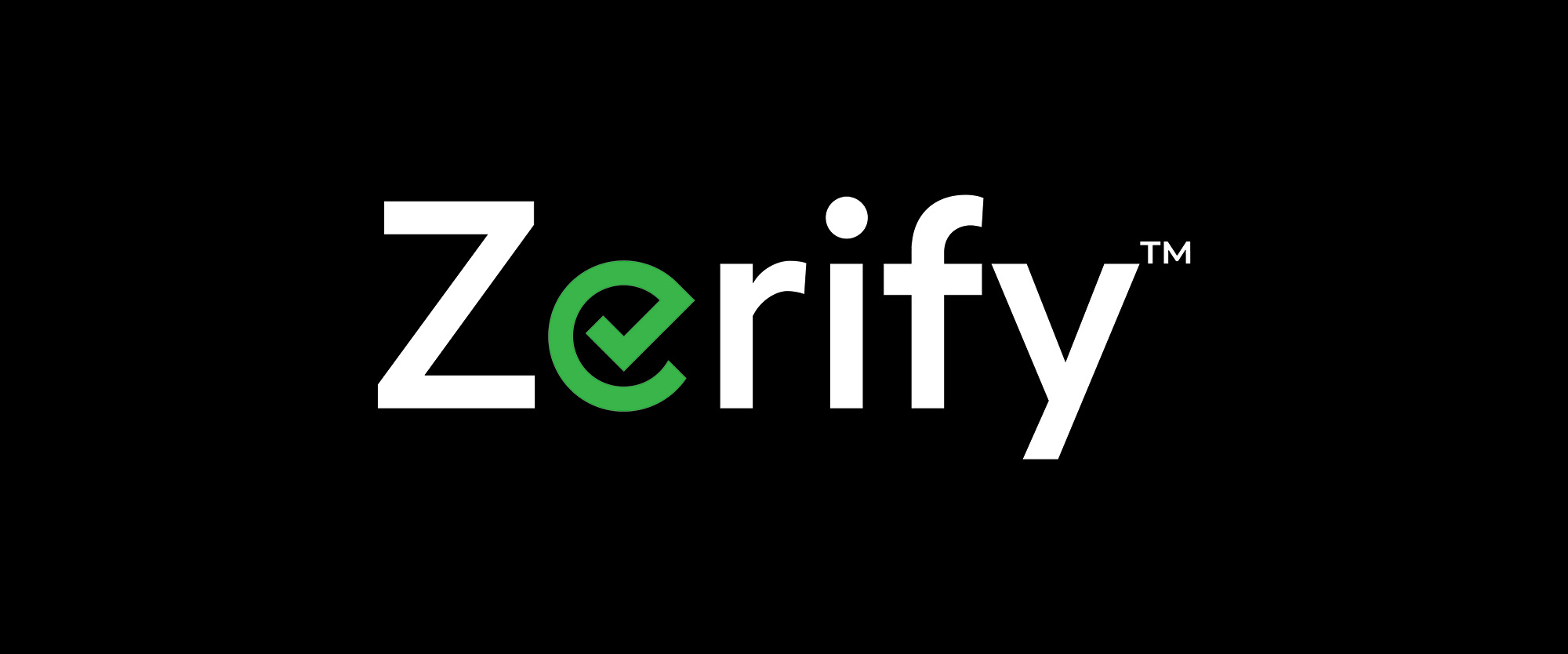
Does your business use Zoom, Microsoft Teams, or Google Meet for video conferencing? If so, you could be at risk. Recent reports have uncovered security gaps in these platforms that could leave your company vulnerable to cyberattacks and data breaches.
Thousands of businesses around the globe use these applications to communicate and share sensitive data on a daily and weekly basis, which is why they’ve become primary targets for hackers and threat actors.
Unfortunately, this is why the financial fallout following a data breach has become so great:
– $10.10 Million: The average total cost of a breach in the healthcare industry.
– $9.44 Million Average cost of a data breach in the United States
– $4.24-$5.02 Million: Average data breach cost in organizations with private or public clouds.
From IBM.com
While these platforms offer an abundance of benefits in the remote work economy, they also leave your business susceptible to major security threats. This is especially true if you aren’t using additional layers of protective software to enhance the security of these platforms.
Today, we’re going to identify the security gaps in the most widely used video conferencing software. More importantly, we’ll explore how you can bypass the switching costs of moving your business to a secure video conferencing platform by adding greater security measures to the platforms your business is already using.
Is My Business’s Current Video Conferencing Software Secure?
“But I thought Zoom, Teams, Meet, WebEx… were all secure platforms?”
While they are commonly accepted and used by businesses and individuals around the globe, they specialize in communication –– not cybersecurity. They each have security gaps that tend to be underreported in the media.
The security holes in these platforms include
• A lack of two-factor authentication that makes it easy for uninvited outside parties to join the call.
• Static or universal links and passwords to access the meeting make it easy for threat actors to log into calls and spoof as a company employee.
• A lack of encryption that makes it easy for hackers to steal and record current call data and previous meetings stored in the cloud.
• No endpoint security, which means unwanted parties can access and record your webcam, screen, keyboard, microphone, and clipboard.
Why You Don’t Hear About Video Conference Hacks in the Media
“If these platforms are open to attack, why don’t we hear more about video conferencing security threats in the media?”
There are several reasons that these incidents tend to be unreported or underreported. Namely, releasing that information isn’t in the best interests of the industry-leading video conferencing platforms or the companies that use them.
Companies Don’t Want Bad Publicity
News of a hack or data leak could cause businesses like yours to hemorrhage clients, tank their valuation, and open them up to serious legal action.
Neither Do The Leading Video Conferencing Platforms
Openly disclosing large-scale susceptibilities to security threats could ruin Zoom’s, Meet’s, or MS Team’s public reputation, which could result in businesses and users fleeing to other platforms. This could also decimate their valuations in the short-to-long term while putting a massive demand on their time, monetary, and personnel resources to overhaul the security of their platforms.
Companies Don’t Realize They’ve Been Breached Until it’s too Late
If a threat actor breaks into a call and implants malware on a company device unnoticed, they may spend days, weeks, or months spying on and recording sensitive company information.
For those reasons, we can’t be sure how often a major video conference hack occurs. What we do know is that when they do, they can be costly or devastating.
If your business uses one of these platforms and discusses any private or confidential information involving your:
• Business
• Clients
• Patients and their medical information
• Sensitive financial information
• Private internal data
• Patents, copyrights, trademarks, or trade secrets
Your data is at risk.
The Switching Costs of Changing Video Conferencing Platforms
“Does that mean I need to switch to a secure video conferencing platform?”
Many businesses, like yours, have already invested a substantial amount of time, funds, and resources into adopting and acclimating to these platforms, since the turn of 2020.
The high switching costs associated with ripping and replacing your existing video conferencing software with a secure video conferencing solution aren’t exactly incentivizing you to make the shift.
It takes time and money to
• Explore, evaluate, and test other secure video conferencing alternatives.
• Train your entire organization on a new platform.
• Become more comfortable with the new conferencing software.
• Get your team to use it and not lean on previous software.
• Set up new contracts, relationships, and billing to a new provider.
To make matters more complicated, your business will likely be at a higher risk for cyberattacks while you’re making these changes.
“So what are my options?”
“Do I need to completely change my business’s video conferencing platform?”
Enhance the Security of Your Current Video Conferencing Platform
Fortunately, you can keep using your existing video conferencing platform while adding vital layers of security.
Zerify Defender can be used with virtually any video conferencing platform to provide critical added layers of security to your existing video conferencing software, specifically for your endpoints and connected devices.
Defender protects your devices before they’re attacked. It shields your device from hackers and intrusive applications that want access to your microphone, camera, and speakers without asking for permission, providing:
• Video Camera Lockdown: Secures access to your laptop or desktop video camera
• Clipboard Protection: Prevents hackers and malware from stealing sensitive data.
• Audio (In/Out) Lockdown: Blocks access to your microphone and speakers.
• Anti-Screen Capture: Prevents spyware from taking screenshots on your devices.
• Anti-Hooking Keystroke Protection: Keeps malware from stealing your keystrokes.
By adding Zerify Defender to your existing video conferencing platform, you can continue using the software you’re comfortable with and avoid the expenses of switching costs while adding essential layers of security to a critical piece of your business’s communication methods.
In Closing
Contact our team at Zerify today to learn more about how you can enhance the security of Zoom, Google Meet, Microsoft Teams, and more with Zerify Defender.


